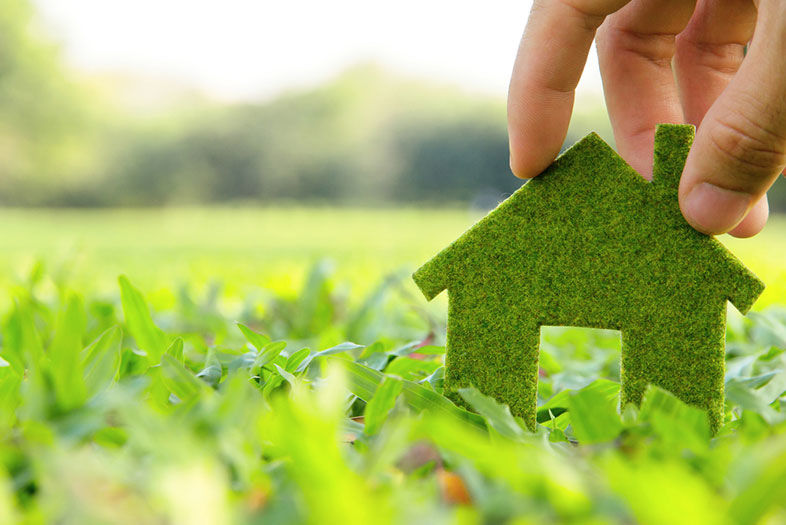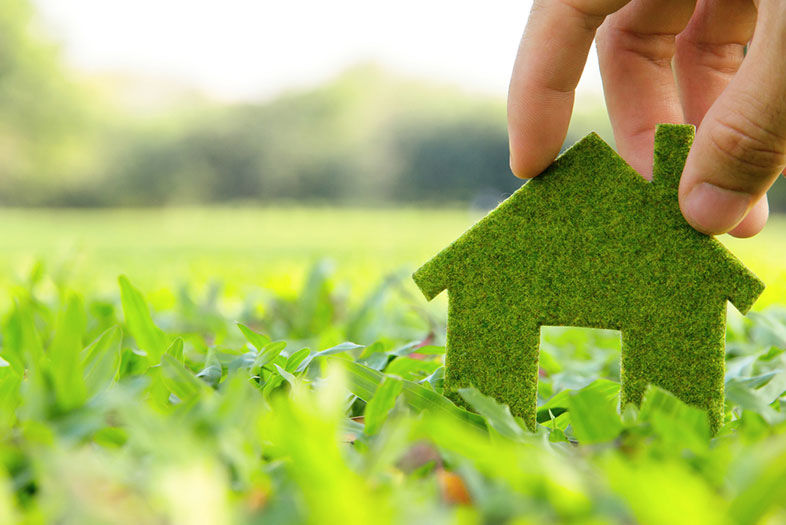Temperatures are climbing, sea levels are rising, and drought and wildfires have practically become a yearly summertime threat. To combat the mounting pressures of climate change, homebuilders are figuring out how to create structures that can withstand the extremes and have a minimal eco impact. Here, Rebecca Tasker, co-owner of San Diego sustainable construction company Simple Construct, shares her tips:
Be snug.
Well-insulated walls, an even-better-insulated roof, and dual-pane windows are key. Forty percent of a building’s heat loss is through the roof, so make sure the attic is well-sealed. When remodeling, consider adding thermal mass as well as insulation. Don’t overlook air sealing. Insulation doesn’t work if air can easily pass through.
Be cool.
Add trees or other shading on the south and west sides to prevent overheating from sun hitting walls and windows. Also, consider adding a whole-house fan, which helps with “night flushing” by sucking hot air out of the house and drawing in cooler air in the evening.
Be water-wise.
To prepare for floods, understand how water moves on your property. Provide areas where rainwater can slow down and sink in, like rain gardens and swales, to prevent it from overwhelming drains and to help replenish the underlying aquifer—your trees will thank you. Consider diverting gray water (wastewater from showers, bathroom sinks, and laundry) to reduce irrigation needs. Laundry-to-landscape systems can be installed without a permit. Be power ready. Consider adding a photovoltaic (solar) system with some energy storage capacity, such as a Tesla Powerwall, which can be used when the power grid goes down.
Be efficient.
All appliances should be Energy Star rated for efficiency. For a San Diego home that pays about $110 in electric bills a month, solar panels could end up saving $7,000 over 20 years, according to the Project Sunroof calculator.
Be fire-resistant.
Remove flammable debris and stored materials. The Ready for Wildfire app from Cal Fire can help you figure out how to keep 100 feet of defensible space around your home. Many of the houses that burn in wildfires do so because their windows blow out and furnishings catch fire. When replacing windows, consider impact-resistant glass, which was originally designed to withstand hurricanes. Also, think about adding a rooftop sprinkler system supplied by a large water storage tank. Passive sprinkler systems, which are usually gravity-fed, will continue to work even if the power is out.

Building Homes With Climate Change in Mind















